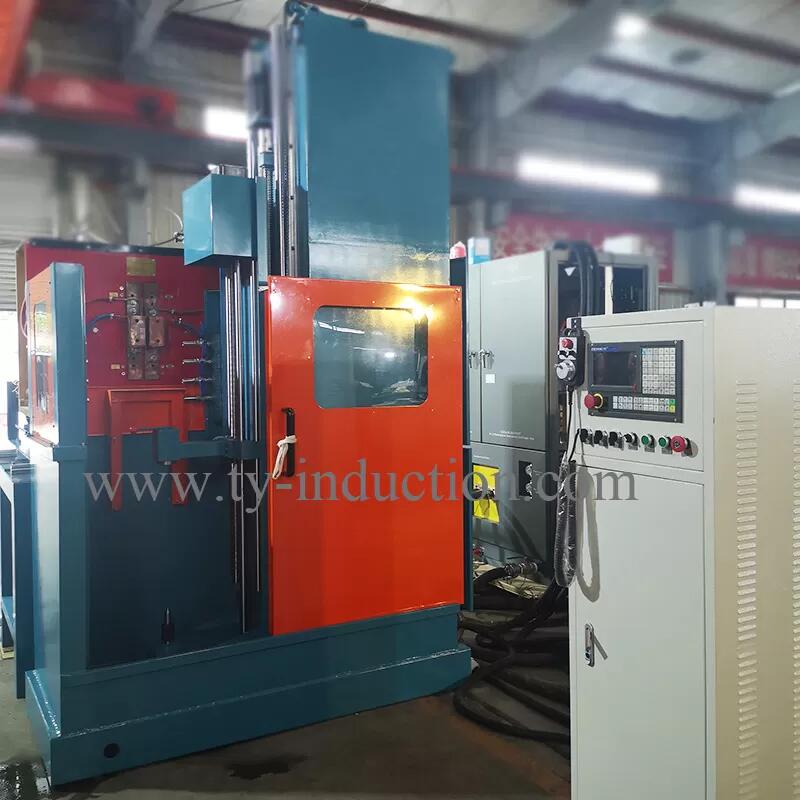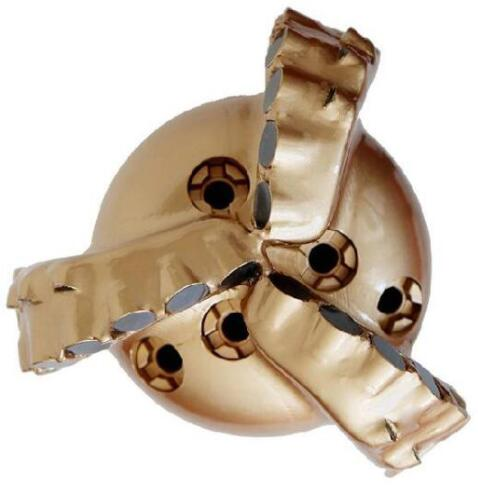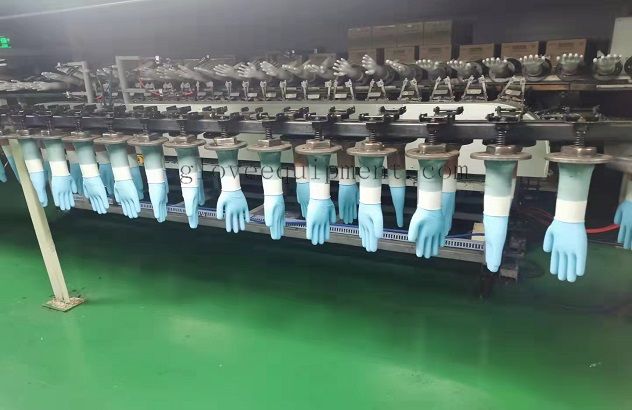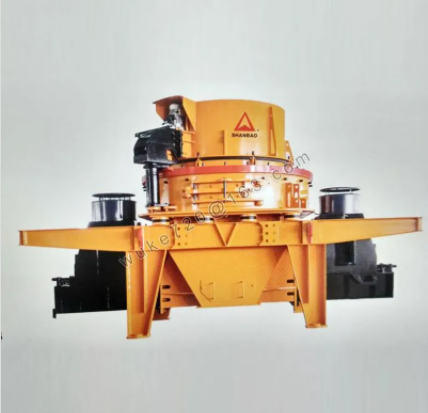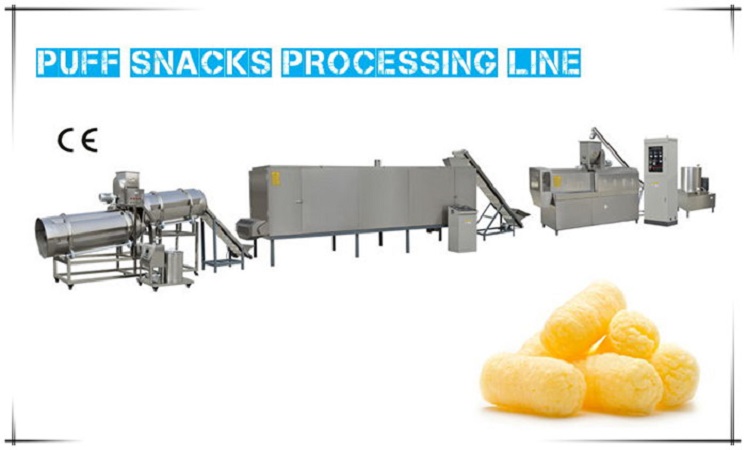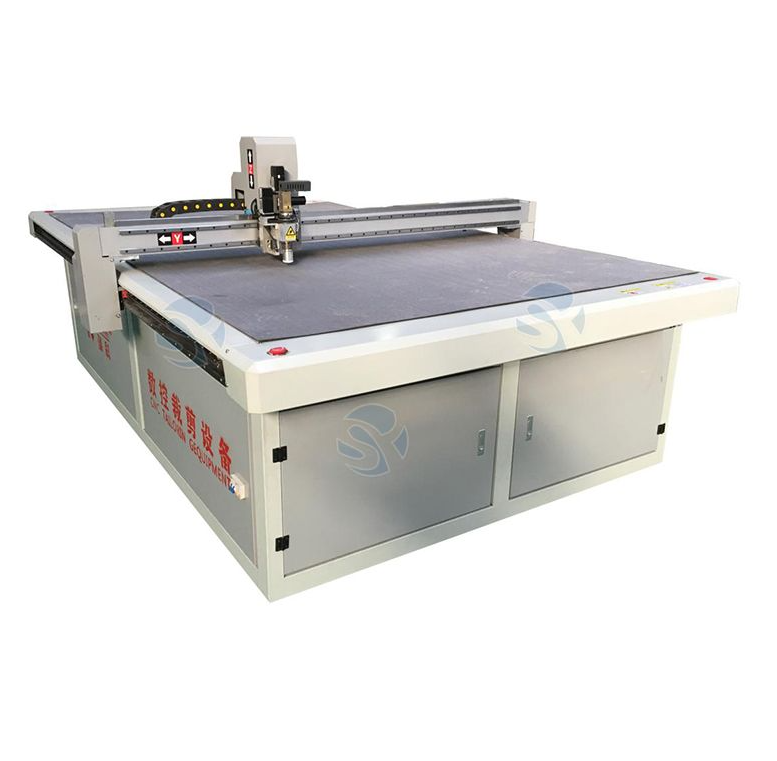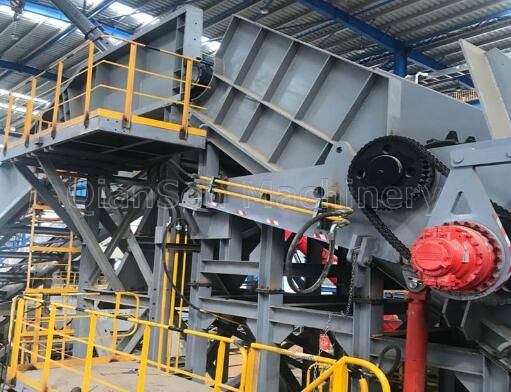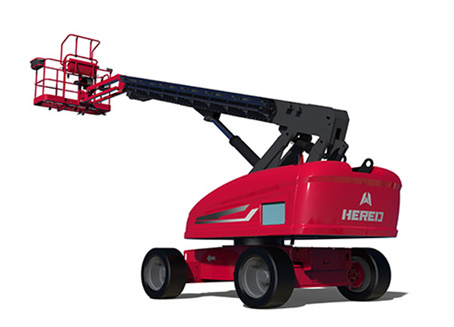Jaw and Cone Crusher Myths & Total Operating Costs
Jaw and Cone Crusher Myths & Total Operating Costs
Impact Crushers Process Soft- to Medium Hard Rocks Without a Primary Crusher
A common misperception is that impact crushers struggle with hard rock and in primary crushing applications. This is far from the truth. This article clarifies what applications can be done by mobile impact crushers instead of traditional jaw and cone crusher setups.
Click here to get more.
Abrasiveness, feed size, and material hardness are the 3 main determinants if you can use an impact crusher over a jaw and cone crusher train.
- Abrasiveness describes the property of the rock that causes wear by friction. Silica content in your rock is a driver for material abrasivness.
- Feed size describes the largest input piece dimension diameter.
- Material hardness has a significant affect on crusher performance it doesn't exclude an impact crusher from processing hard rock. The harder to rock gets the smaller the feed size needs to be to avoid damages. Besides material hardness the break resistance is also important. In other words, material can be hard but still break easily.
Everybody talks about wear but nobody about the reduction ratio
Inexperienced salesmen put forward impact crusher wear costs which are higher than for compression based jaw and cone crushers. The statement without context is true but omits one essential fact: an impact crusher works harder to downsize material. In other words, an impact crusher can reduce the material significantly more than a jaw and cone crusher. The ratio of input size vs the output size describes the so-called reduction ratio.
Common reduction ratios and feed size example:
Reduction ratio example: jaw, cone, impactor Maximum reduction ratio Feed material Output size Jaw crusher 6:1 24" 4" Impact crusher 24:1 24" 1" Cone crusher 5:1 4" 0.8"
10 reasons to replace your jaw and cone crusher setup with a mobile impact crusher
If your application permits to use an impact crusher over a jaw and cone crusher setup there are numerous reasons that support the use of an impact crusher.
- Less fuel burn: Only one machine burns fuel. For example, if you can save 8 gal / h in fuel over 1,500 hours a year at an average fuel cost of $4.50 per gallon this equates
a saving potential of $54,000 in fuel. - Less maintenance costs: Less fluids and fewer grease points, conveyor belts, and filters to maintain.
- Faster start-up and shut-down procedure: Simple and efficient procedure. Less risk to get the start-up procedure wrong. Less downtime during a blockage. For example, if your mobile impact crusher produces 300 tons per hour and saves you 30 min every day you can produce an additional 150 tons per day. Assuming you produce 150 days a year this adds up to an additional 22,500 tons of material.
- Lower parts inventory: Instead of stocking parts for a jaw and cone crusher you can reduce your parts inventory to what is needed to operate a single impact crusher.
- Lower moving costs: Cutting your equipment transport costs in half improves your bottom line.
- Easier setup: Setting up a jaw and cone crusher and an additional screening plant is time consuming and need to be tuned in before you can start crushing. Jack-knifing a screening plant for a closed-circuit operation adds an additional challenge.
- Improved material quality: Produce quality cuboid material. More chips and fine production.
- Increased versatility: a mobile impact crusher allows you to venture into different application such as on-site concrete recycling or producing roadbase with just a closed-circuit mobile impact crusher instead of a crusher and a separate screening plant.
- Lower training effort: Trust your guys around the machine because they need to handle only one type of machine.
- Lower risk for downtime: If one machine is down your entire crew is down. Using a single impact crusher reduces the number of moving parts in your processing operation that can go wrong, so that you reduce the risk for downtime and increase profits.
Which is better stone crusher: jaw crusher vs cone crusher
Jaw crushers and cone crushers are commonly used crushing equipment, so what is the difference between these two crushing equipment? Which crusher is better to choose? Let’s explore the difference and benefits now.
Jaw crusher VS cone crusher: comparation
The jaw crusher is mainly used for primary crushing, and the crushed stone is relatively large. Stones with size 1500mm could be crushed to stones with a diameter of less than 100mm for next crushing stage.
Cone crushers are used for crushing medium-sized stones fragment, and are mostly used for secondary crushing. The cone crusher is specially designed for crushing hard stones, when the cone crusher crushes hard stones, the safety device opens to protect the equipment to prevent the equipment from being damaged.
What’s The Difference Between Jaw Crusher and Cone Crusher?And how to choose suitable crushing machine? Their key differences may help you to make good decision. Let’s begin now.
1.Overall Structure
Jaw crusher:It is mainly composed of frame, transmission mechanism, adjustment device, tensioning device, safety device and lubrication system. The transmission mechanism, as an important mechanism connecting the jaw crusher as a whole, plays an irreplaceable role. It mainly uses compressive force to break hard stone material with high crushing ratio.
Cone crusher: It is mainly composed of frame, horizontal shaft, moving cone, balance wheel, eccentric sleeve, upper crushing wall (fixed cone), a lower crushing wall (moving cone), a hydraulic coupling, a lubrication system, a hydraulic system, etc. Crushing walls are the main wearing parts.
2.Different feeding requirement
The primary jaw crusher has a relatively large feed size range. The feed inlet of the large jaw crusher is larger than 600mm, up to 1200mm mostly, the medium one is 300-600mm, and the small one is below 300mm.
Feeding size of Cone crusher is relatively small, generally requiring less than 450mm (depending on the specific conditions of the product).
3.Shape of finished product
The Jaw crusher is normally used for primary crushing which will give you a big crushing capacity and the output size is bigger but suitable for secondary crushing stage.
Cone crusher is for secondary and tertiary crushing stages, thus having a smaller discharging size. The rocks are continually crushed until they are small enough to move through the narrow opening at the bottom of cone crusher. The final product is in good finished shape.
4.Price for jaw crusher and cone crusher
Affected by wearing parts and structure, the price of a cone crusher is much more expensive than that of a jaw crusher.
Additional reading:
How long does a microbulk tank last?
How to Use The Rotary Evaporator?
How does a low-pressure injection molding machine work?
Top 5 Reasons to Invest in a Pallet Wrapping Machine
What Are The Different Types of Wire Feeders?
Air-Cooled Screw Condensing Units
Top 5 Blow Molding Machine Manufacturers: Leaders in the Industry
If you are looking for more details, kindly visit Chunlei.
The gyratory body of cone crusher is higher twice or three times than jaw crusher. The weight of cone crusher is larger than that of jaw crusher by 1-2 times with the same output. So cone crusher cost is higher. The installation and maintenance of cone crusher is more complicated than jaw crusher too.
5.Take 300tph crusher for example
Through the above comparison, it can be found that when the capacity is same, the cone crusher is about twice heavier than jaw crusher, so the price is higher, and the cost of civil engineering and later maintenance and repair is higher too. While the crushing ratio of the cone crusher is not as large as that of the jaw crusher, and it is more efficient when processing materials with higher hardness.
Jaw crusher VS cone crusher: 300tph capacity
Model
PE jaw crusher
PYB cone crusher
Max feeding size
630 mm
215 mm
Outlet adjusting size
60-150 mm
25-60 mm
Capacity
110-380 tph
180-360 tph
Motor power
110 kw
160 kw
Weight
29 ton
60 ton
To sum up, jaw crushers and cone crushers have their own advantages. Both jaw crushers and cone crushers have better particle shapes. These two crushing machines complement each other. The specific choice is mainly depending on the type and hardness of the material, the size of the finished product, the site and actual needs, etc., users can click here to make reasonable purchases under the guidance of professionals.
People Frequently Asked Questions-FAQ:
1.Which is better cone crusher or jaw crusher?
Jaw crushers can work on a range of stone from the softer ones like limestone to harder basalt or granite. A cone crusher is similar to a gyratory crusher because it operates using a mantle that rotates within a bowl, but it has less steepness in the crushing chamber.
2.Why use cone crusher?
Cone crushers are capable of crushing all types of medium to hard mineral rocks and stones. It also offers many advantages over other crusher designs, such as low energy consumption, reliability, high efficiency (compared to other crushers), and a high reduction ratio (feed/input size compared to product/output size).
3.How fine can a cone crusher crush?
cone crusher is better suited for secondary crushing. It is designed to crush pre-dimensioned materials, generally of 100 mm, 150 mm or 200 mm, and provide finished products of small dimensions.
4.Which crusher is best for stone?
Different types of crushers are optimal for distinct crushing needs. Subjected to type and hardness of materials, capacity, feeding size, finished granular size, construction site, the chosen crusher could be jaw crusher, impact crusher, cone crusher, roller crusher, hammer crusher, vsi sand crusher etc.
Share To:
The company is the world’s best jaw rock crusher supplier. We are your one-stop shop for all needs. Our staff are highly-specialized and will help you find the product you need.
5 Types of Bulldozers Explained
Single Facer Corrugation Machine: Revolutionizing the Packaging Industry
Exploring the Efficiency and Advantages of Permanent Magnet Synchronous Motors
The Ultimate Guide to DC Small Portable Chillers: Compact Cooling Solutions
The Role of Maize Flour Milling Machines in the Food Processing Industry
How are CNC lathe machines used in modern manufacturing processes?
Different Types of Acetic Acid Plant




